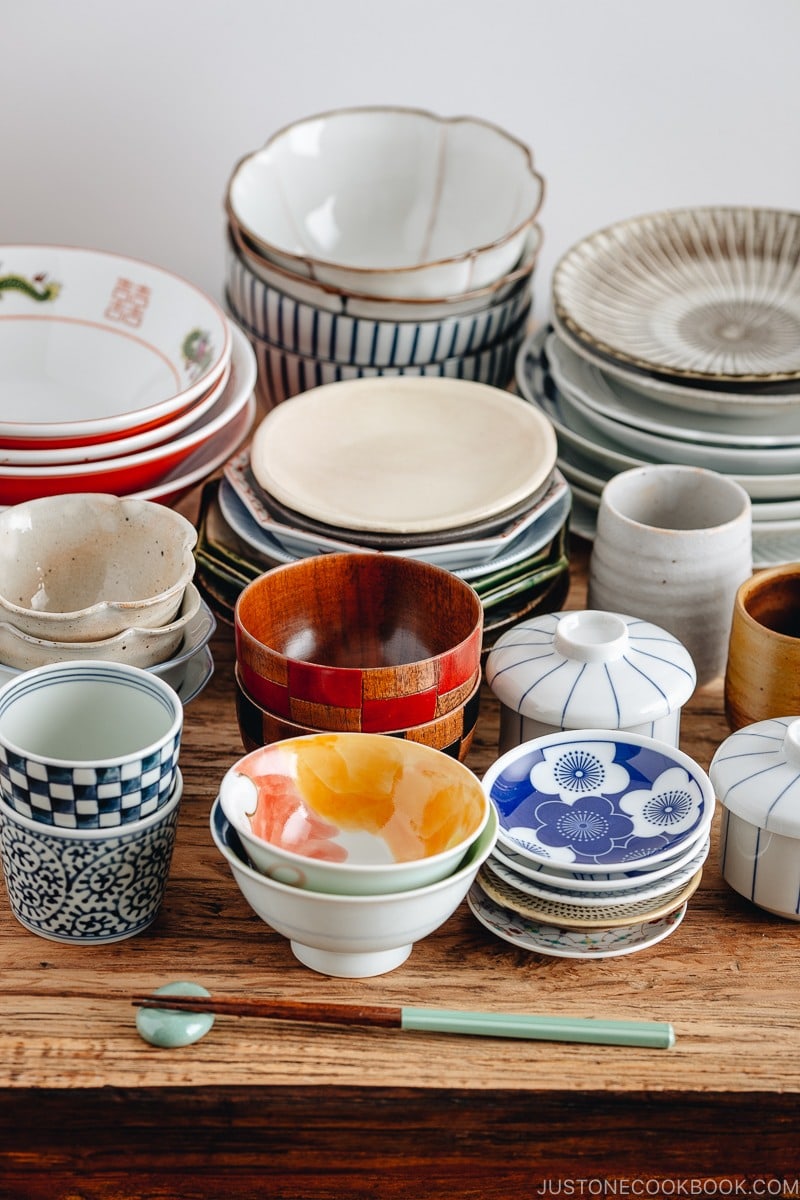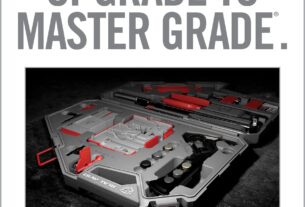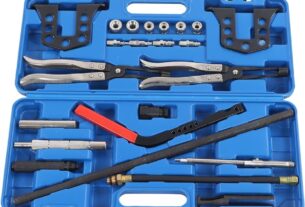Are you a fan of Japanese pottery? Do you want to take your pottery game to the next level? Look no further than Japanese pottery tools! From shaping to finishing, these traditional tools will help you create beautiful and unique pieces. In this article, we’ll guide you through everything you need to know about Japanese pottery tools.
Why Choose Japanese Pottery Tools?
Japanese pottery is known for its high quality and attention to detail. The same can be said for the tools used in the process. Japanese potters have been using these tools for centuries, refining them over time to create the best possible results.
One of the main advantages of Japanese pottery tools is their durability. Made from high-quality materials such as bamboo, wood, and steel, these tools are built to last. They also offer precision and control, allowing you to achieve even the most intricate details in your work.
Types of Japanese Pottery Tools
There are many different types of Japanese pottery tools, each with their own unique purpose. Here are some of the most common ones:
1. Tsuchi-gote – This tool is used for shaping clay on a potter’s wheel. It’s made from bamboo or wood and has a flat surface that’s ideal for smoothing out rough spots.
2. Kanna – A kanna is a type of plane that’s used for trimming and smoothing the edges of clay pieces. It’s made from steel or brass and comes in various sizes.
3. Suri-bachi – This is a grinding bowl that’s used for making glazes and other materials. It’s made from ceramic or stone and has ridges on the inside that help grind down materials.
4. Mimitsuki – This tool is used for carving designs into clay pieces. It has a sharp blade that can create intricate patterns and textures.
5. Fude – A fude is a brush that’s used for painting designs onto clay pieces. It’s made from natural fibers such as horsehair and comes in various sizes.
Choosing the Right Japanese Pottery Tools
When choosing Japanese pottery tools, it’s important to consider your specific needs and preferences. Here are some factors to keep in mind:
1. Material – Different materials offer different benefits. Bamboo and wood are lightweight and easy to handle, while steel offers durability and precision.
2. Size – The size of the tool will depend on the size of your project. Larger tools are better for bigger pieces, while smaller ones are ideal for details.
3. Price – Japanese pottery tools can range in price from affordable to expensive. Consider your budget and invest in high-quality tools that will last.
Using Japanese Pottery Tools
Once you’ve chosen your tools, it’s time to start using them! Here are some tips for getting started:
1. Practice – Like any skill, pottery takes practice to master. Start with simple projects and work your way up to more complex ones.
2. Be patient – Pottery requires patience and attention to detail. Take your time and don’t rush through the process.
3. Experiment – Don’t be afraid to try new techniques or styles. Experimentation is key to developing your own unique style.
4. Take care of your tools – To ensure they last, clean and store your tools properly after each use.
Conclusion
Japanese pottery tools are an essential part of any potter’s toolkit. They offer precision, durability, and control, allowing you to create beautiful and unique pieces. By choosing the right tools and practicing regularly, you can take your pottery game to the next level.
References:
1. “A Guide to Japanese Pottery Tools” by Ceramic Arts Network
2. “The Art of Japanese Pottery: History, Styles, and Techniques” by Yoshiko Iwamoto Wada and Mary Kellogg
3. “Traditional Japanese Arts and Crafts” by The Japan Foundation, Los Angeles




